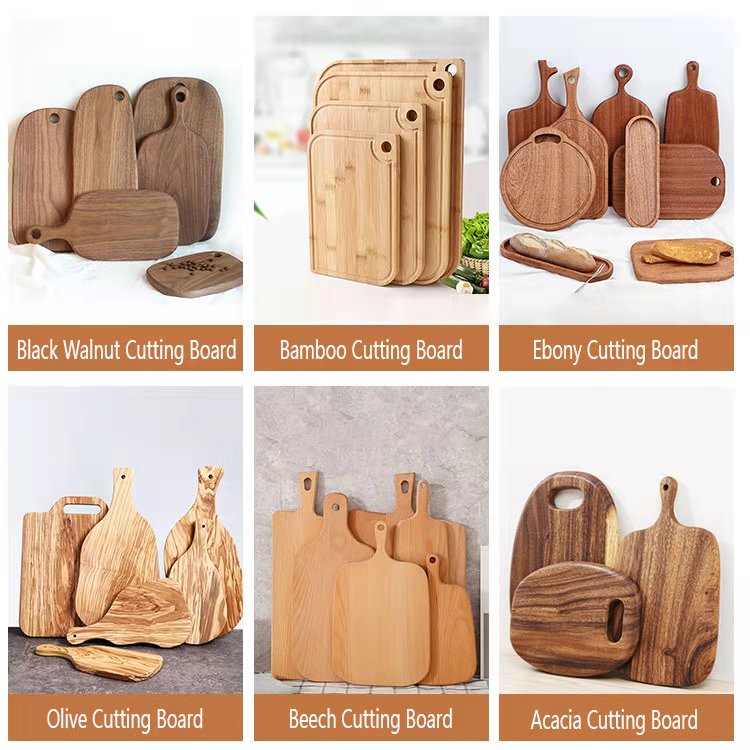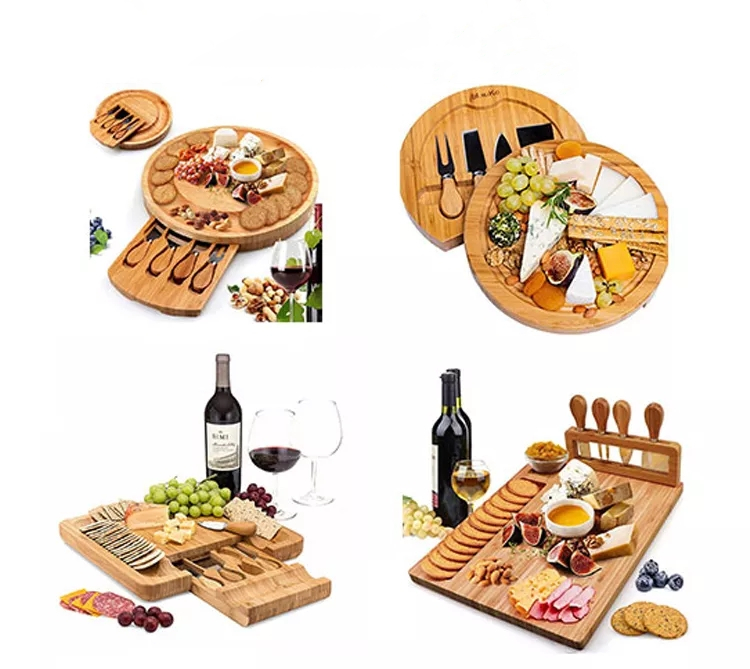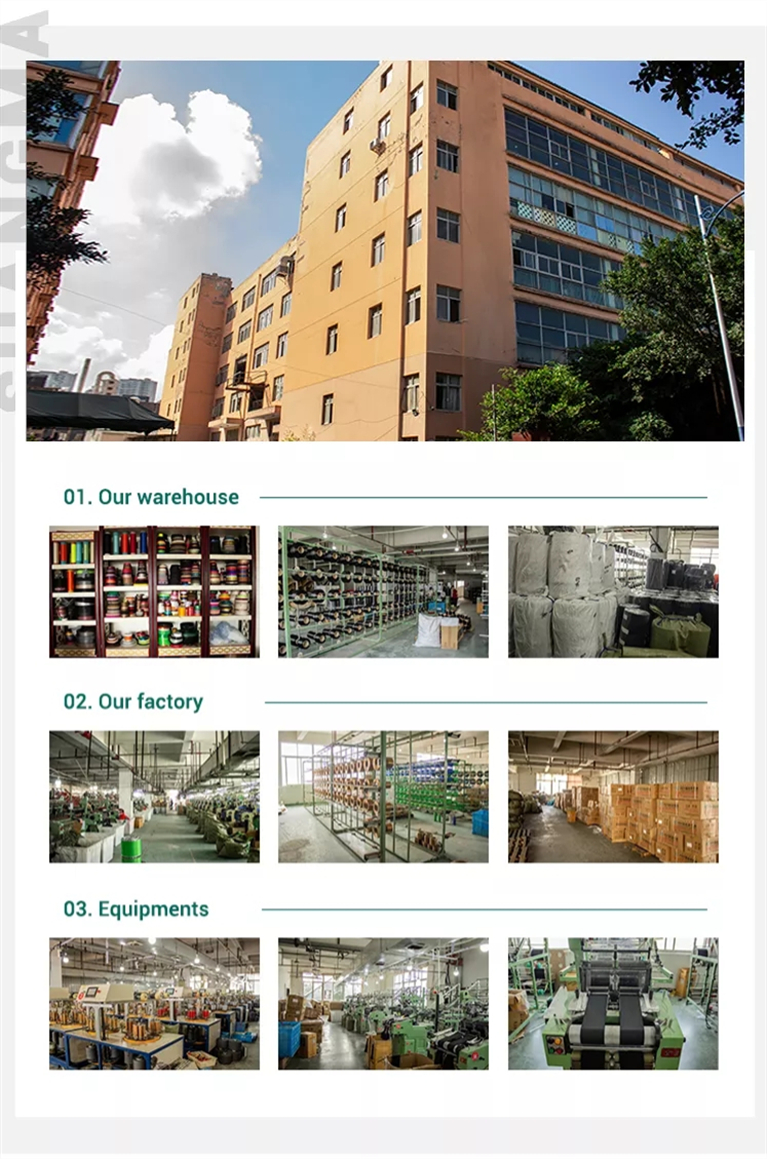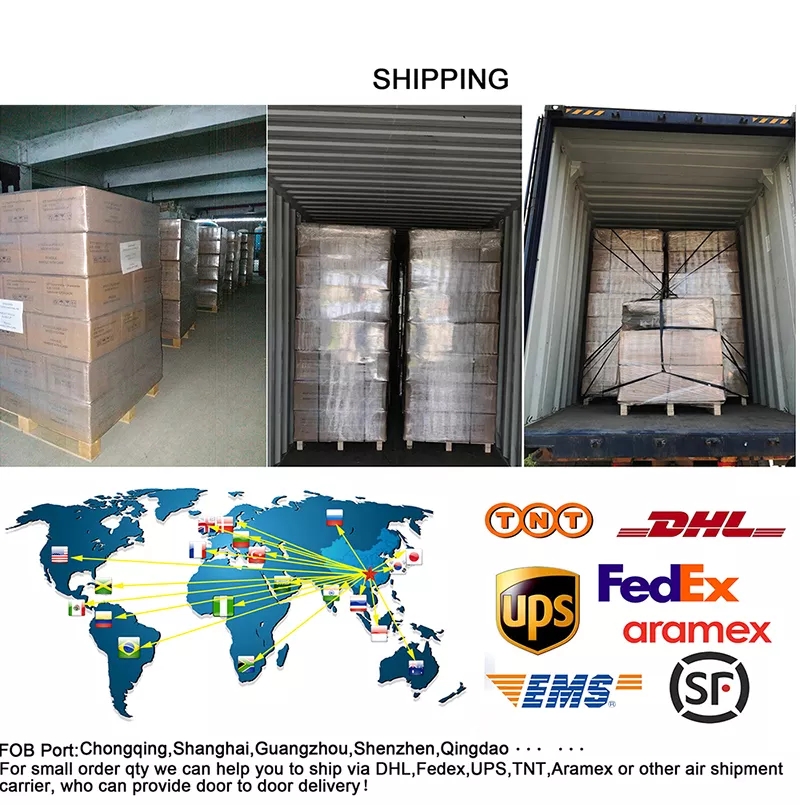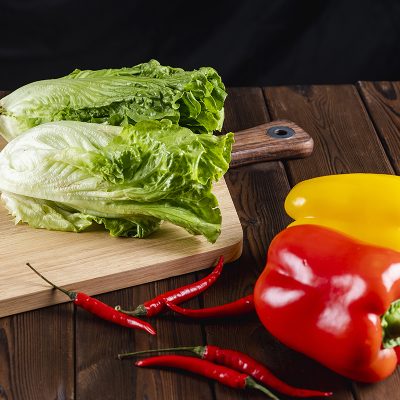

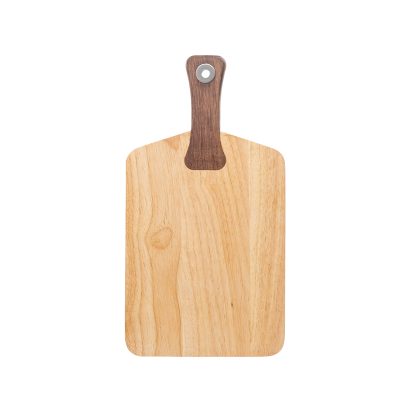
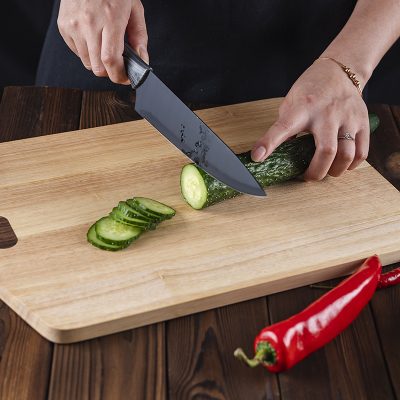

| Product name | Wood Cutting Boards |
| Material | Wood |
| Usage | Kitchen Chopping Board |
| Color | Picture Shows |
| Size | Customized |
| Logo | Custom Logo |
| MOQ | 50pcs |
| Package | shrink-wrapped packaging |
| Delivery | 25-30 days, within 3 days for stock products |
| Payment | 30% deposit, 70% against the BL copy( 70% before goods express out by air). TT, L/C, west union are acceptable. |
| Sample | Available for quality checking |
Wooden cutting boards have high density, strong toughness, and are very firm to use. However, because there are many types of wooden cutting boards, it is not easy to choose. Some wooden cutting boards (such as cypress) contain toxic substances and have peculiar smell. Contaminate dishes, and easily cause vomiting, abdominal pain, dizziness symptoms. There are also some loose wood cutting boards, such as poplar cutting boards, which are not hard enough, easy to crack, and prone to knife marks on the surface. If the cleaning is not thorough, it is easy to hide dirt, breed bacteria, and contaminate food.
Therefore, it is suggested that citizens should choose cutting boards made of ginkgo, saponin, birch or willow with good comprehensive quality in all aspects. Citizens should not buy the “three no” cutting boards from small vendors. The cutting boards produced by regular manufacturers will be marked with wood. Before buying, it is best to smell the smell of the cutting board. If there is a sour smell, it is likely to contain sulfur, so don’t buy it. There are also some wooden cutting boards sold by small traders. Compared with ordinary wood, the color is whiter. The cutting boards produced by these small workshops are made of inferior wood in order to reduce costs. The “whitening” of the cutting board is usually fumigated and bleached with sulfur, and the residual sulfur dioxide in it will seriously harm human health.
